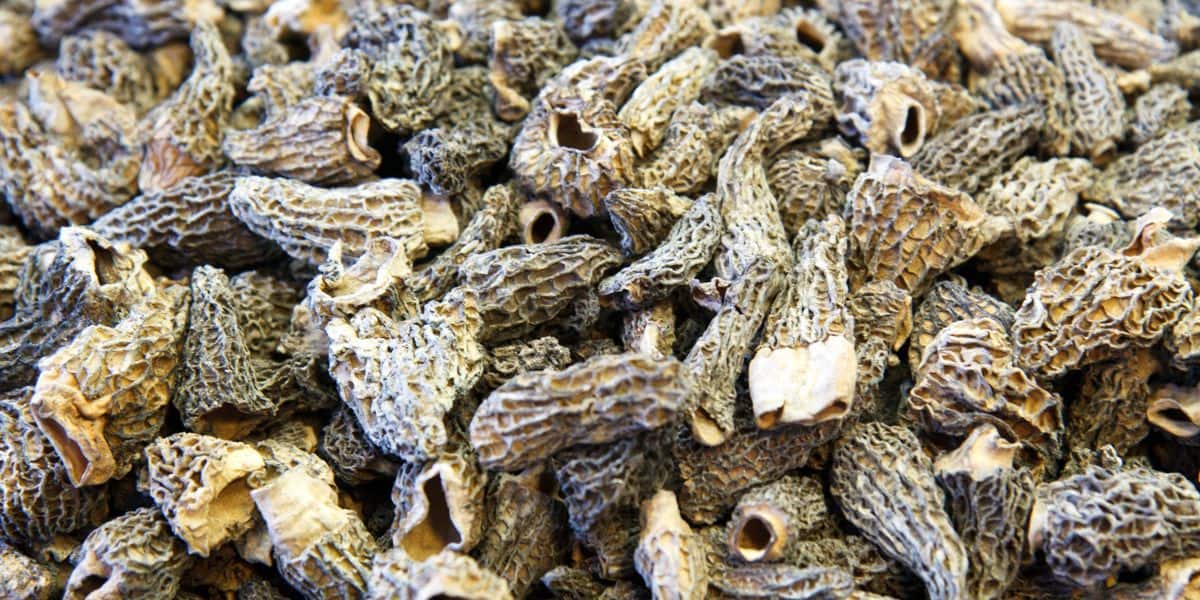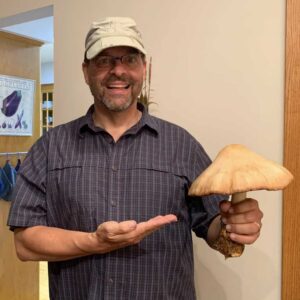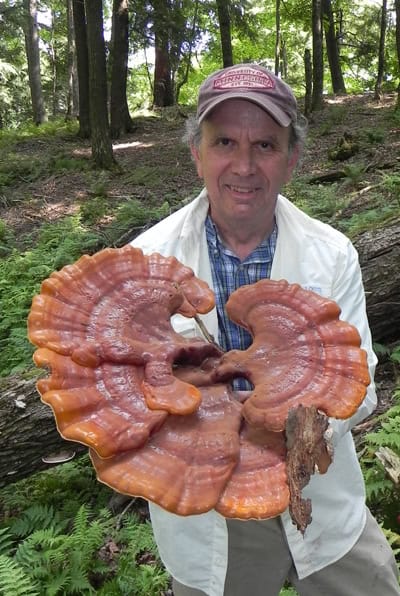Cooking with Dried Mushrooms
By Mike Tangedal
Drying mushrooms doesn’t require too much technology or expertise, which is why it has been practiced for thousands of years. Simply place some freshly picked mushrooms where there is lots of air circulation so they will dry out before they spoil. Now we can use modern appliances like a dehydrator that quicken the process but if you had a set of mesh baskets in some sunny dry weather, you’d be just as good to go. Once dried, place the mushrooms in an airtight container until you need them.

Not All Mushrooms Dry Well
Before I embark on how to cook with dried mushrooms, it is important to note that not all edible mushrooms are good for drying. Coprinus sp. (shaggy mane), for example, need to be consumed within hours of being harvested lest they deliquesce. The best mushrooms for drying are those that are least fibrous while also being substantive. While many medicinal mushrooms are dried for the purposes of being powdered so that they can be used in teas and tinctures, that’s a topic for another time. I’m here to talk about cooking with dried mushrooms.
Drying Is Not Cooking
Another point that must be emphasized is this: DRYING IS NOT COOKING. One simply does not rehydrate mushrooms and then add them to a dish. All mushrooms worth rehydrating for cooking purposes contain a substance called chitin. Our human stomachs lack the enzyme to digest chitin so it’s quite important to thoroughly cook mushrooms after you rehydrate them.
Rehydration is the first step to cooking with dried mushrooms. It’s ridiculously simple and yet fraught with wildly varying opinions from mushroom enthusiasts. As you would suspect, the dried mushrooms are placed in water until they are tender, again.
How Much Should You Wash Your Dried Mushrooms?
Here’s where the debate begins. One topic of hot debate is how much to wash the dried mushrooms before using them. Some insist on a thorough and elaborate process of scrubbing reconstituted mushrooms with salt and flour until washing provides no staining residue indicative of dirt or other foreign material. Others forego any step other than adding water. To settle this debate, consider the source of the dried mushrooms. If they are mushrooms that you harvested and dehydrated, you will know how well you cleaned them already.
If they came from the store then a certain degree of cleanliness is assumed. Mushroom cultivation in Asia is big business and the growing and harvesting of mushrooms is monitored to a certain degree. Your local Asian market is likely well stocked with a good selection of dried mushrooms. I have found most of the dried, packaged mushrooms I’ve purchased were quite clean, but a few have had significant dirt, especially where the stem had been pulled from the substrate. So inspect your dried mushrooms for dirt and wash as needed.

How Much Water to Use?
The next topic of debate once the mushrooms are clean is how to best rehydrate. How much water to use; how to ensure the mushrooms are soaking in the water; how long to soak them? No definitive answer is known so I rely on the practical approach.
Just soaking your dried mushrooms in a bowl of warm water for a few hours will solve about 90% of issues. They’re quite a simple food and soak up water readily to regain their once-fresh rigidity. However, this simple approach leaves a lot of questions unanswered. Is the water they’re soaking in going to be used later? Are the mushrooms floating on top as tender as those on the bottom? How long is too long to soak? The answers to these questions usually depend on the type of dried mushroom. It is best to first place the mushrooms in a bowl and then add just enough water to cover them when submerged. Then, add a smaller bowl inside the other bowl to ensure all the dried mushrooms are under water. This solves one problem and leads to potential use of the resulting water.
As to whether or not to use the soaking water to flavor rice or as a stock in some later dish, consider whether the raw mushroom had a pleasant taste. Many mushrooms vary widely in their taste from raw to cooked but of those that are pleasant when raw (morel, porcini, hericium) I would recommend saving the soaking water for later.
How Long to Soak Your Mushrooms
How long to soak dried mushrooms is the most hotly debated question of all. Of the nine varieties I tested, all were quite rehydrated within minutes. Of course, this depends on the type and size of the mushroom. One wouldn’t expect a dried laetiporus sp. (chicken of the woods) shelf the size of a dinner plate to be fully rehydrated in a few minutes. Also some species leach out a lot more flavor upon soaking. Dried shiitake mushrooms are quite popular and those tend to strongly flavor the water more than others. Whether this leaching makes the resulting mushrooms taste better is also a manner of opinion.
Let’s Rehydrate!
I visited my local Asian market which sells lots of dried mushrooms. I found 8 different varieties, though it looked like more since you could find the same type of mushroom sold by assorted companies with wildly varying prices. Upon close inspection, one dried shiitake looked the same as the next. I checked to see if the dried mushrooms costing twice as much had anything special about them to validate the price but no – just a bag of dried mushrooms. So perhaps even more fodder for debate.
Once I rehydrated a sample of each type of mushrooms, as well as some dried
morels from my own collection, I decided to see which tasted the best when cooked. I cooked them all the same way – a quick stir fry in a wok with some neutral oil and then added a bit of soy sauce. Mushrooms need a bit of fat and salt to come into their own.
The Results from Least Impressive to Most
8. Black Fungus (2 varieties). The name on the package says just ‘black fungus’ and I found two different varieties in the store. When rehydrated, they both strongly resembled the wood-ear mushroom (auricularia sp.). Since these are widely cultivated in Asia, this seems to be a match. I’ve eaten this mushroom fresh and it didn’t leave a strong impression. The rehydrated variety also made the same impression. This would be fine in a soup but the texture takes some getting used to.
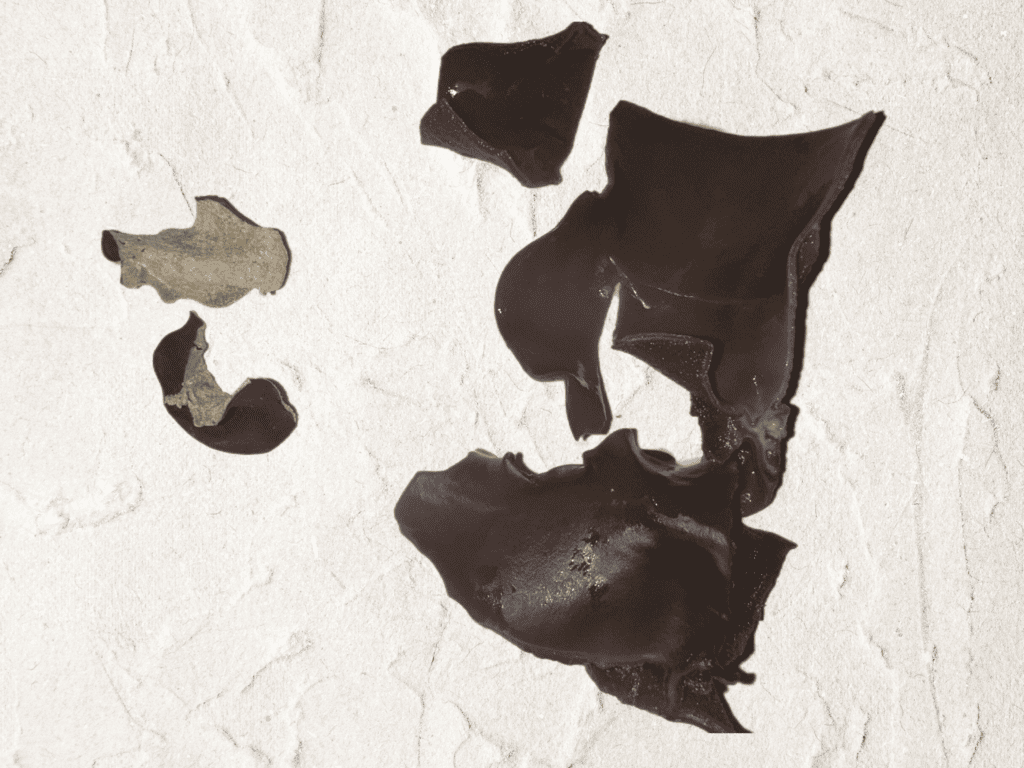
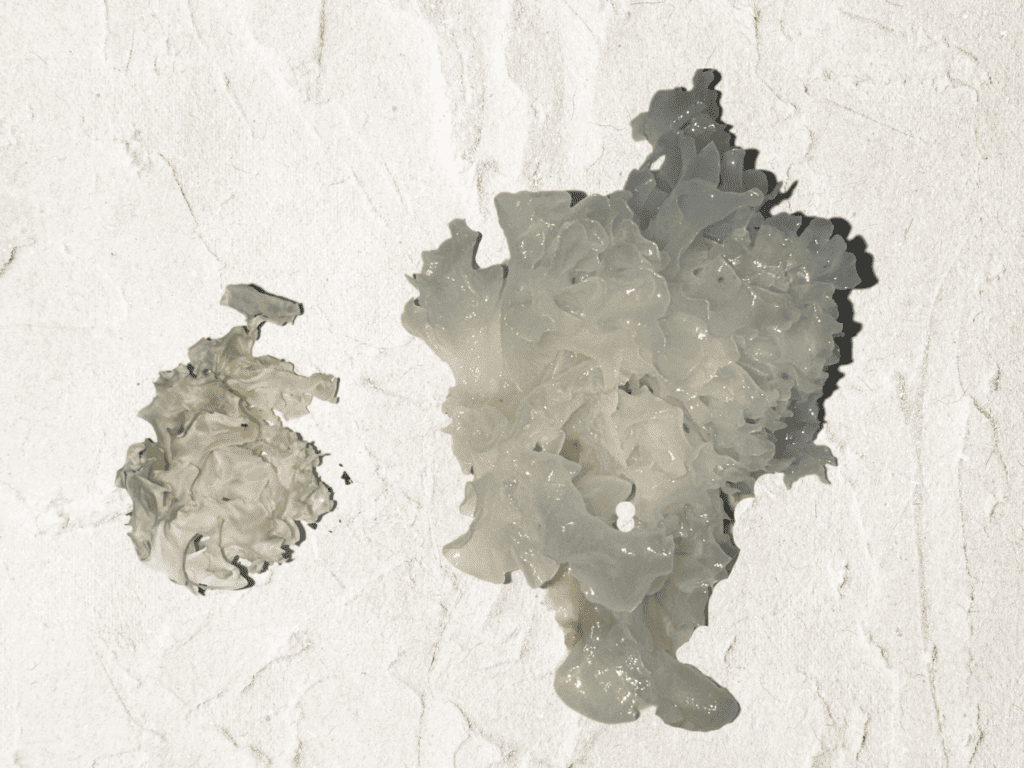
7. Snow Fungus. The name on the package says snow fungus but upon rehydration I’d be willing to wager these are tremella sp. I’ve seen varieties of these in Minnesota and spoken to others who put them in soups. Not much to them in terms of taste but supposedly they possess medical benefits.
6. Dried Mushroom (likely, armillaria). That’s all the information on the package- ‘dried mushroom’. These are not distinct enough in their rehydrated form to form a definitive ID but they do resemble armillaria sp. a bit. Either way, the caps are mildly flavorful but the stems are tough even when soaking for an extended time. Also, these were the dried mushrooms with the most amount of attached dirt.
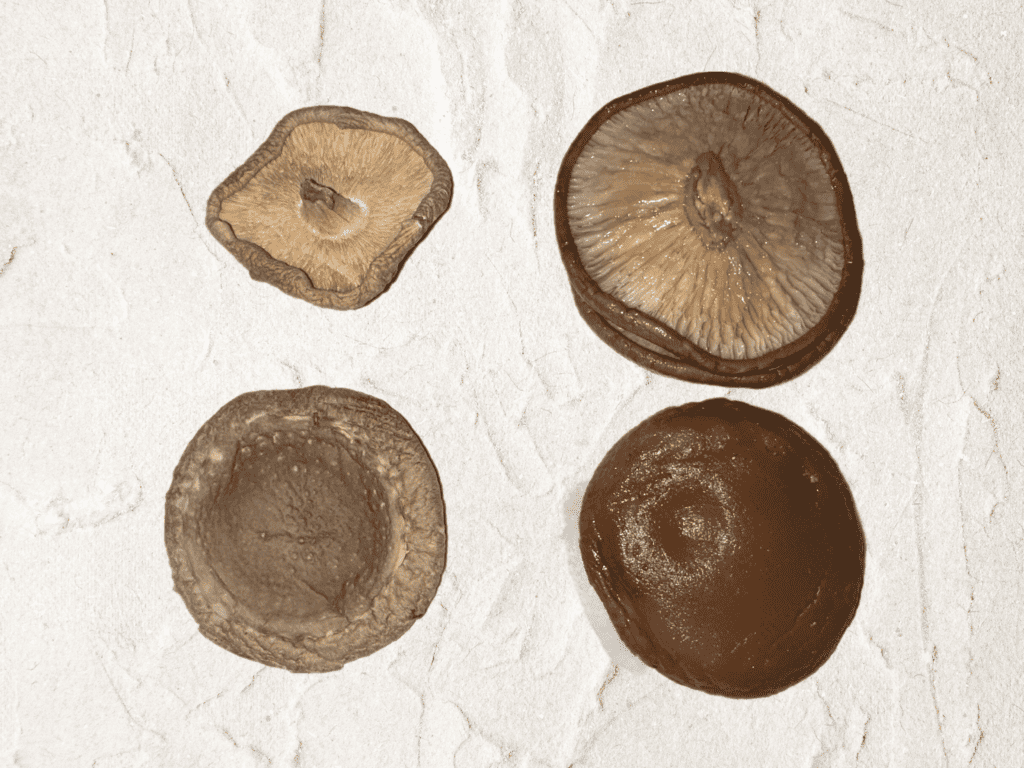
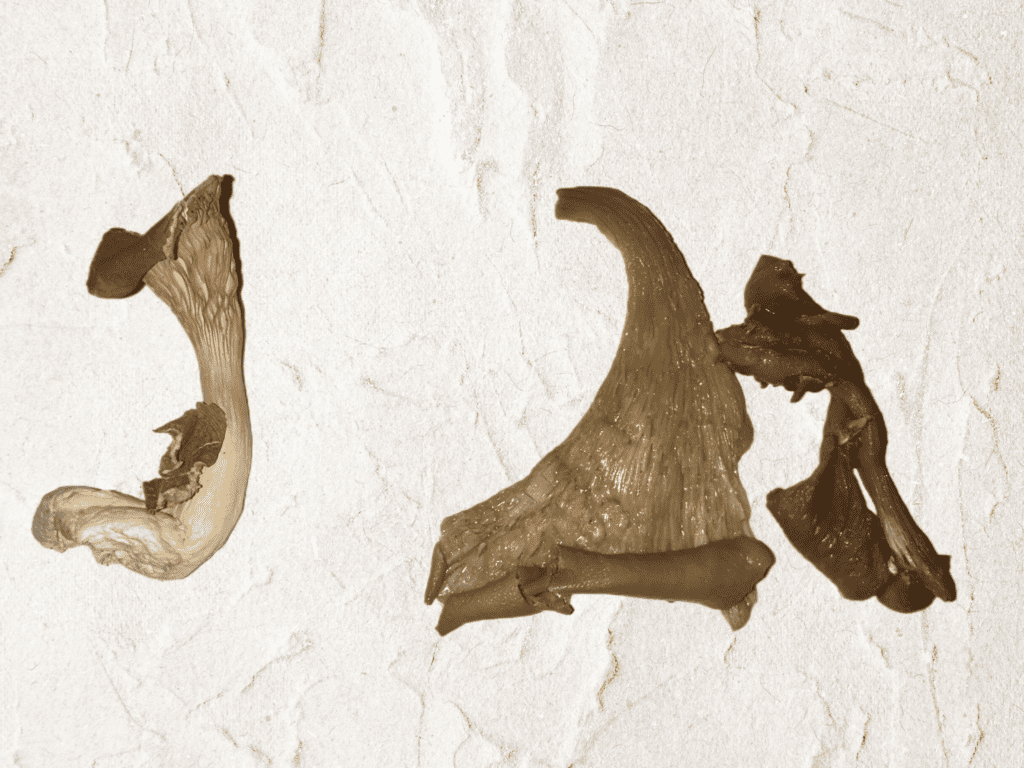
5. Blue Oyster. A fresh pleurotus sp. is one of my favorite mushrooms. A rehydrated oyster mushroom is about 70% as good as fresh. Pretty good and works in a pinch if you really love oyster mushrooms.
4. Shiitake. As expected, this variety had the most different sellers at the market. Lots of companies are trying to sell this popular mushroom at wildly varying prices. As noted, no matter the cost, the dried mushrooms inside all look the same. Interesting enough, these tasted better with a longer soak. This is the mushroom to rehydrate if you want something to add to a stir fry since it has a nice, meaty bite.
3. Lion’s Mane. Hericium erinaceus has become more popular due to the noted effects on brain chemistry. The taste when rehydrated and cooked is pleasant with a bit of sweetness and a good chew. This mushroom tastes good and may make you smarter. What’s not to love?
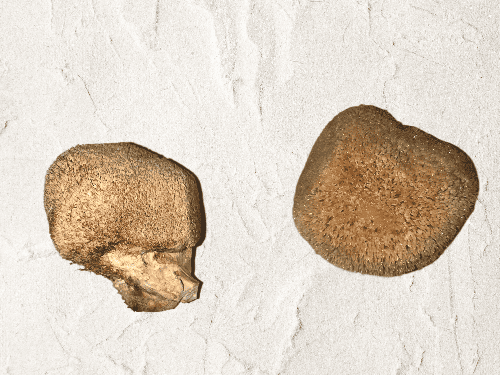
2. Sun Mushroom. Agaricus blazei is native to Brazil. It’s renowned for medicinal properties and has a strong umami and sweet flavor. This is a great one on its own.
1. Morel. Morels are great dried or fresh. This is the official mushroom of Minnesota for a reason. They rehydrate very well. If you can’t get your hands on some dried morels, I suggest you go to your local Asian market and try some other dried mushrooms and put them into soups/stir-fry during the long months until spring when the morels return.
